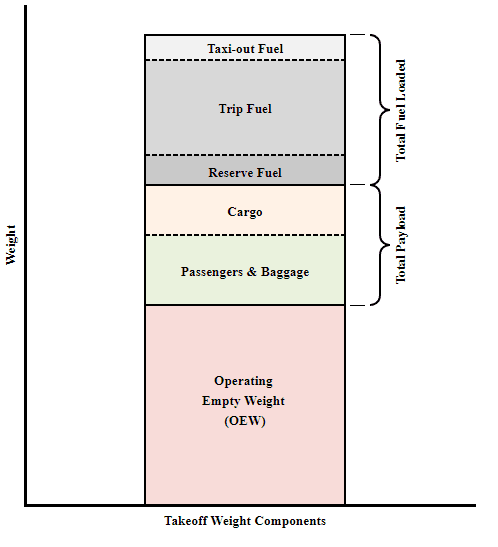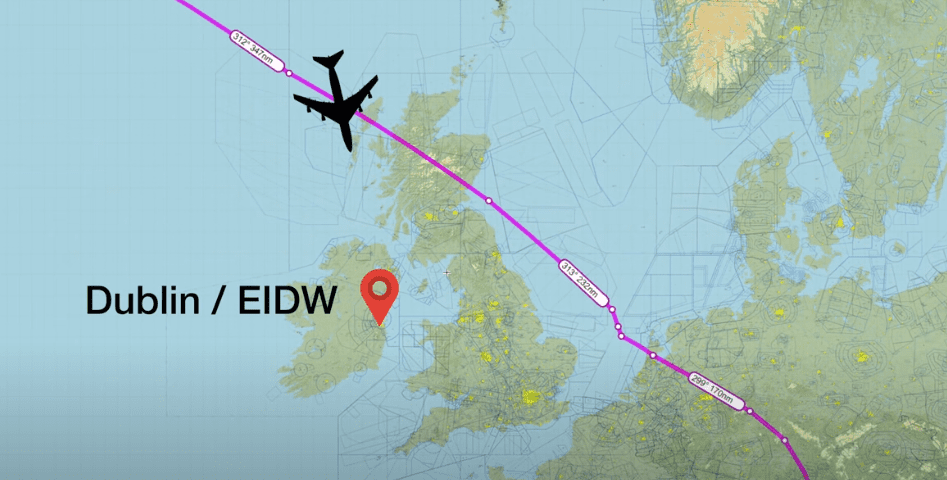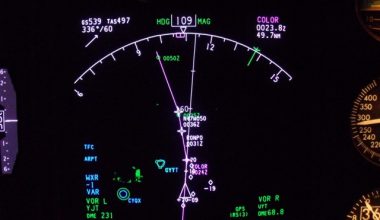Today, we’ll dig deeper into why the pilot decided to dump fuel and what it means for?

It’s very apparent in above picture that something is wrong with this aircraft. Why is there a spray of white emanating from the back of the wings? This aircraft is presently conducting a jettison procedure, more often referred to as fuel dumping. Your first response is undoubted, “what a waste and destruction of the environment” and “why would a pilot dump expensive fuel overboard that you have just paid for as a passenger?” Did the pilots underestimate the amount of fuel required for the journey from A to B? Before we can answer those questions, it’s necessary to examine some of the weight restrictions on aircraft.

Thus, for today, we’ll be flying on a Boeing 747, as you’ll see in a moment. Assume that you and your crew are seated on a 747 ready to depart Munich for Los Angeles. Thus, the airplane’s current weight is referred to as the “dry operating weight” (DOW). Then the payload – the passengers and goods – is loaded into the aircraft, and you achieve the so-called zero fuel weight. The fuel truck then attaches to the wings. It feeds the aircraft with the estimated amount of fuel required to arrive at your destination – the so-called trip fuel – plus contingency, alternative, final reserve, taxi fuel, or what is often referred to as the block fuel. Add up all the weights, and you’ll arrive at today’s takeoff weight.

Nevertheless, landing weight is a more significant factor nowadays. Thus, the maximum landing weight of the Boeing 747 is 312,000 kilograms, which is a structural weight limit. “How can the maximum structural landing weight be less than the takeoff weight if the aircraft is already so heavy when it takes off?” you may question. However, now that the other limiting weights are not as susceptible to impact pressures as the landing weight, it is much lower. Therefore, engineers have calculated that if pilots land the aircraft at a decent rate of no more than around 300 to 400 feet per minute and a maximum landing weight of 312000 kg, the plane will suffer no structural damage, particularly to the landing gear and airframe structure. therefore any landing weight above the limit will almost certainly result in internal damage to the aircraft and compromise its structural integrity after an “overweight landing.”
Now, imagine we’re halfway over the Atlantic, and your senior cabin crew member enters the cockpit to inform you that one of the passengers has had a heart attack. Now, flight attendants and an onboard doctor are attempting to assist the passenger but determine that the person requires urgent transport to a hospital. When you arrive at the new appropriate airport in Dublin, you immediately check your airplane’s current weight and discover you’re significantly overweight for an instant landing.

Suppose you attempt to board the aircraft immediately. In that case, the following may occur: The aircraft may sustain significant structural damage, requiring months of repairs, or possibly irreversible damage, culminating in hull loss. Additionally, bear in mind that a heavier aircraft results in a faster landing speed, which increases the to-stop margin, perhaps resulting in a runway overrun.
This is when the process for fuel jettison comes into play.
To rapidly decrease the aircraft’s weight, the pilots released spring-loaded valves through the fuel dumping panel, and now excess fuel is dumped overboard. It exits the airplane through a hose located at the wingtip and away from the engines on each wing. Therefore, why did I mention “spring-loaded” specifically? The valves are now opened electronically and propped open. Still, in the event of an electrical failure during the dumping process, the spring forces the valve back into its closed position.

On the 747, the dumping rate is about 2 tons per minute, including fuel used during the process.
Therefore, let us calculate how long we would need to open the valve to get an acceptable landing weight.
This is the airplane’s current weight. This is the maximum landing weight; reduce it from the maximum landing weight to get the weight loss; therefore, those are the 77 tons that must be lost not to exceed the maximum landing weight in Dublin.

As previously stated, the Boeing 747’s fuel dumping rate is 2 tons per minute, but you must also account for the fuel burnt during that period. Because the 747 burns 12 tons per hour, you must determine how much fuel it consumes each minute and add it to the fuel dumping rate. Now, consider the following calculation:
12 tons = 60 minutes.
How many tons does one minute equal?
Thus, multiplying the 12 tonnes by one minute and dividing by 60 minutes eliminates the minutes, yielding 0.2 tonnes per minute, which must be added to the fuel dumping rate of 2 tons.

Thus, we have concluded the calculation. Seventy-seven tonnes multiplied by 2.2 tonnes per minute equals. Thirty-five minutes for the fuel duping process.
And, precisely at the point when you chose to head towards Dublin, that is a 45-minute routing, which means you certainly have another ten minutes where you’re going to waste some more fuel, which means you’re going to be below your max landing weight. However, another critical point to remember is that dumping operations must be coordinated with air traffic control for ATC to keep other aircraft away from such locations.
Additionally, if applicable, the operation is often carried out at a high altitude, where the fuel dissipates before reaching the earth. Thus, you usually prepare for approach and land after you’ve achieved a landing weight less than the limit weight. Smaller jetliners, such as the Boeing 737 or the Airbus A320, that lack the fuel jettison mechanism must burn the fuel by flying holding patterns until the airplane’s weight falls below the maximum landing weight or execute an overweight landing technique in an emergency.





